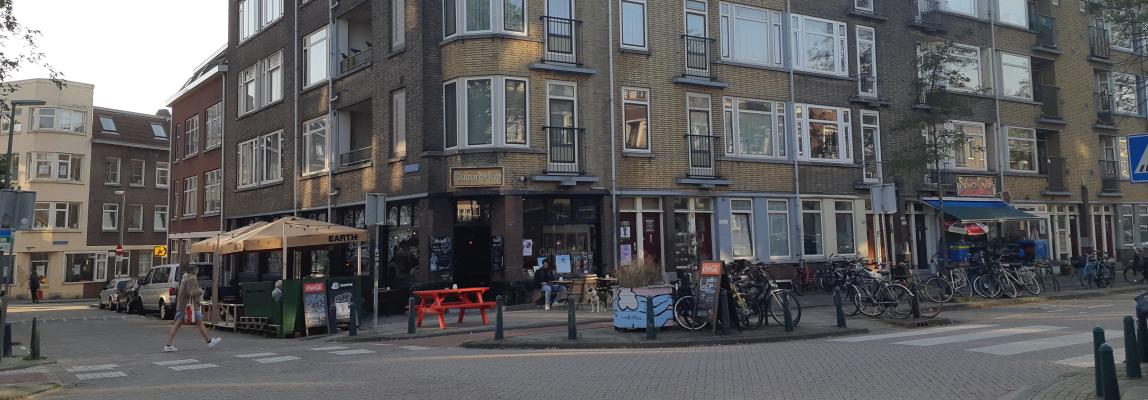
Bonding and bridging in third places
09/28/2023 - 13:58
You find yourself in your favorite hangout: an environment you are comfortable with, surrounded by people you might not know, but give you a feeling of being welcome. You order a cup of coffee, look around, read a magazine, and hear the murmur of your co-visitors. Yes, this place really feels fine.